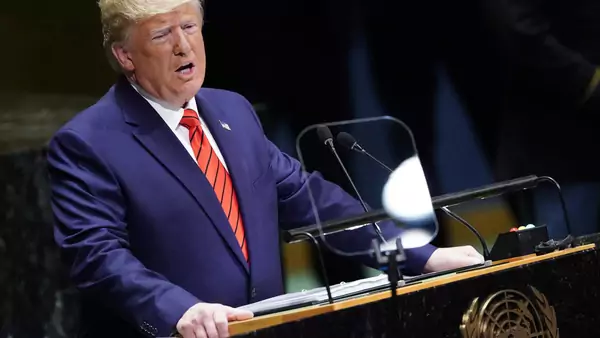 On Sunday, Indian Prime Minister Narendra Modi spoke in Houston before a crowd of around 50,000 cheering attendees. If that weren’t enough of a triumph for a foreign leader visiting the United States, U.S. President Donald Trump joined him on stage in Texas.
On Sunday, Indian Prime Minister Narendra Modi spoke in Houston before a crowd of around 50,000 cheering attendees. If that weren’t enough of a triumph for a foreign leader visiting the United States, U.S. President Donald Trump joined him on stage in Texas.
The fact that the event was titled “Howdy, Modi,” with the spotlight pinned firmly on the prime minister rather than the country he represents—or even on Trump, who loves nothing more than an adoring crowd—is telling. It encapsulates the meteoric rise of a leader who until just five years ago had been banned under the U.S. Congress’ International Religious Freedom Act from setting foot in the United States. His strongman, globe-trotting, leader-hugging image, and his appeals to religious nationalism and populism, all stand in contrast to his rather less colorful political opponent, Rahul Gandhi of the Indian National Congress party.
It is commonplace to argue that the rise of Modi and his party, the right-wing, Hindu nationalist Bharatiya Janata Party (BJP), marks the grim demise of India’s own grand old party, the Congress party; the Nehru-Gandhi family that has led it; and its vision of India as a secular and nonaligned world power. But that isn’t quite right. Even under the BJP, many aspects of Indian foreign policy today still lean on old, institutionalized ideas of India’s role in the world. Beyond that, it is incorrect to think of previous Congress governments as monolithic in their viewpoints and strategies. In turn, it is a mistake to see a dichotomy between the foreign policy vision of India under Congress and India under the BJP today. In many ways, there is much continuity.


















/arc-anglerfish-arc2-prod-mco.s3.amazonaws.com/public/QRAGQ5KHRND6LCE26TIJTLSCZE.jpg)